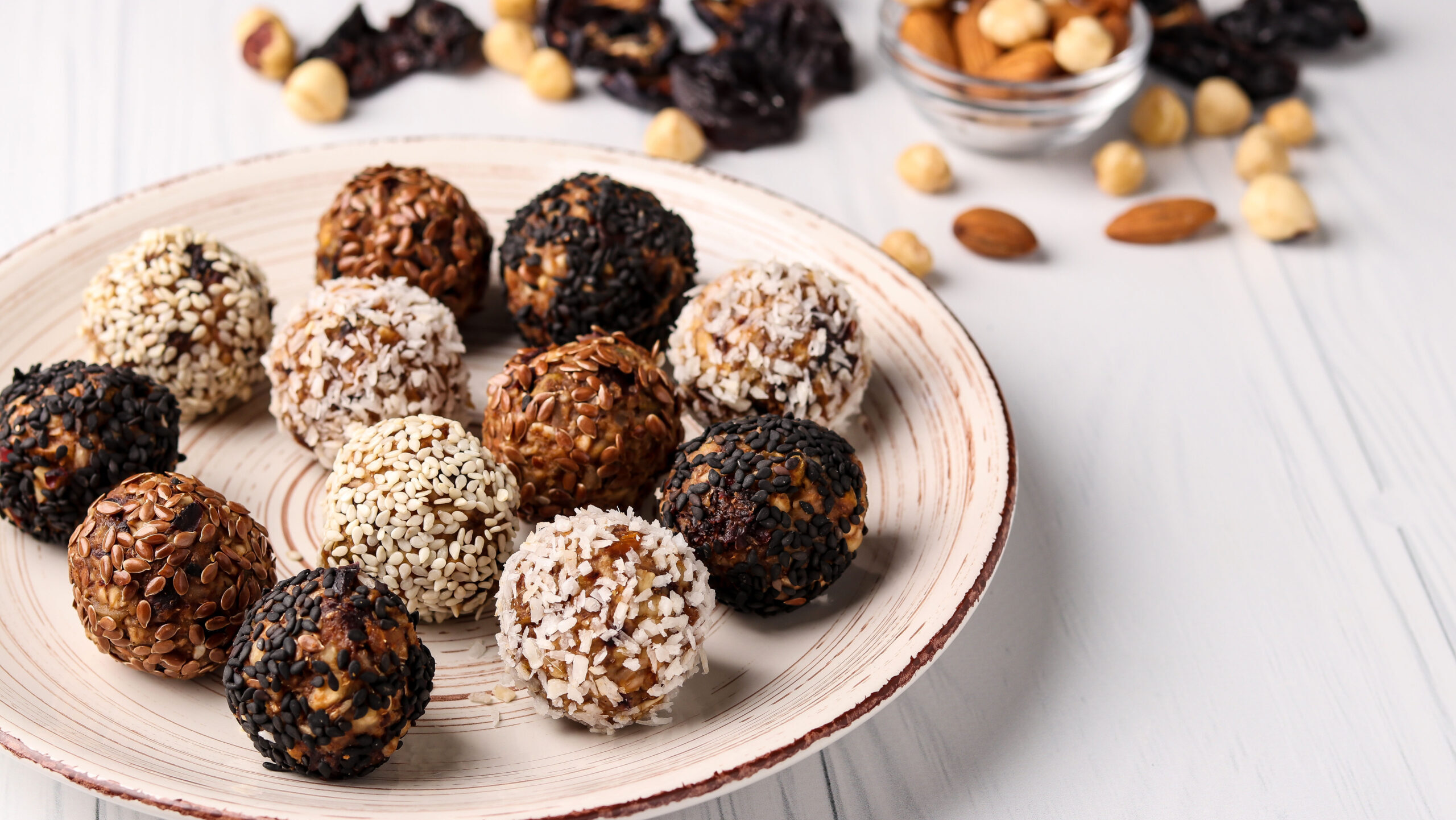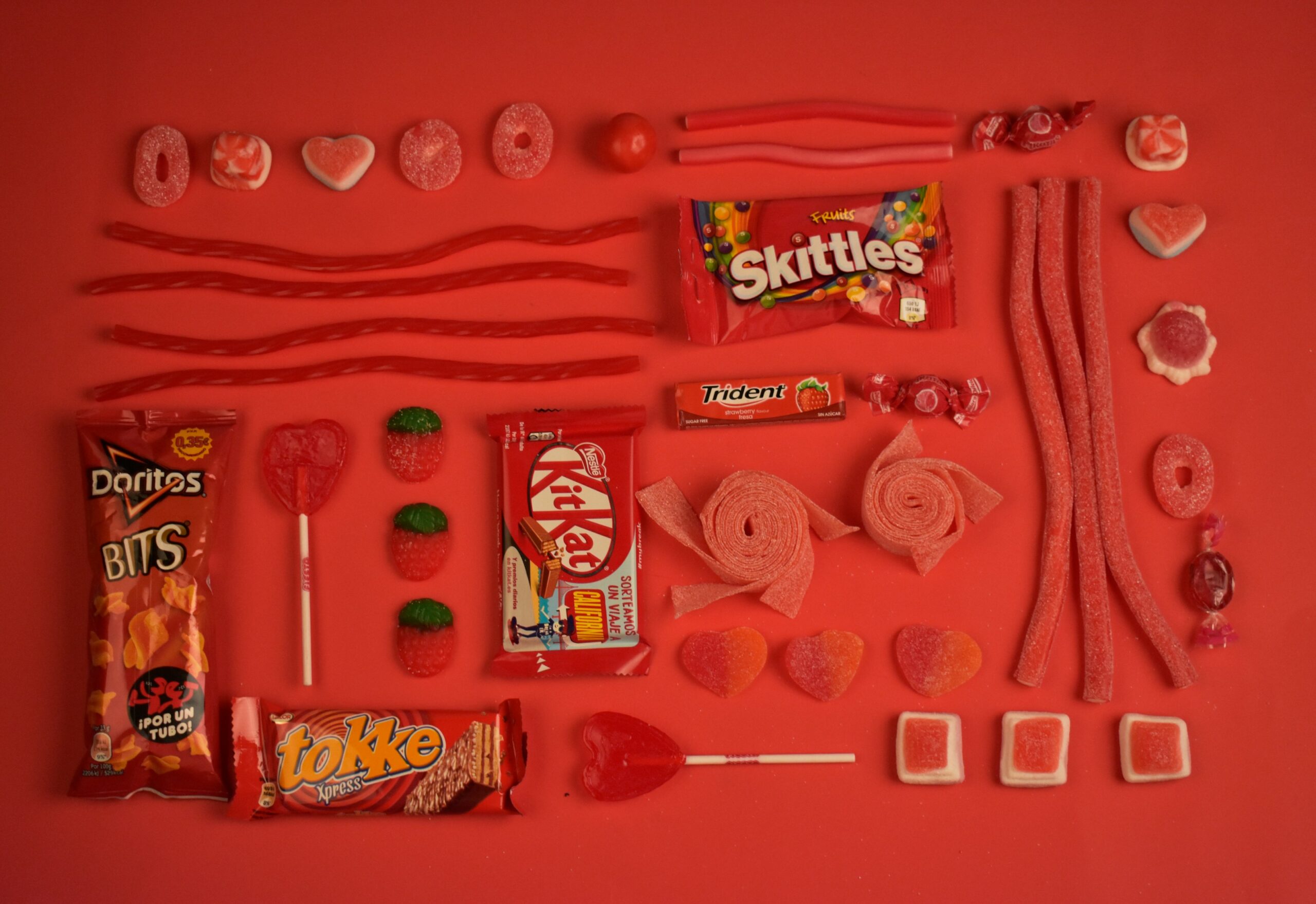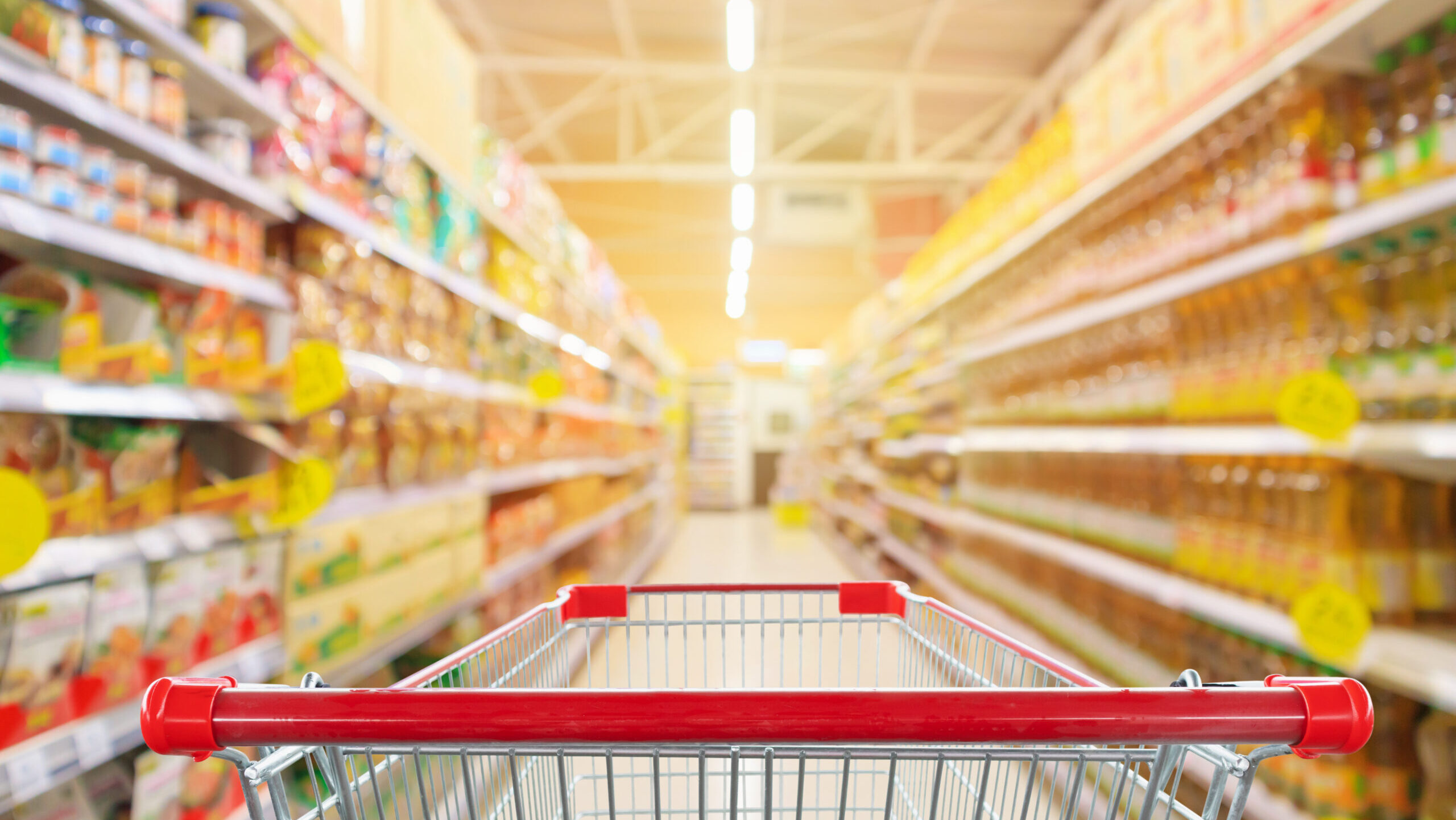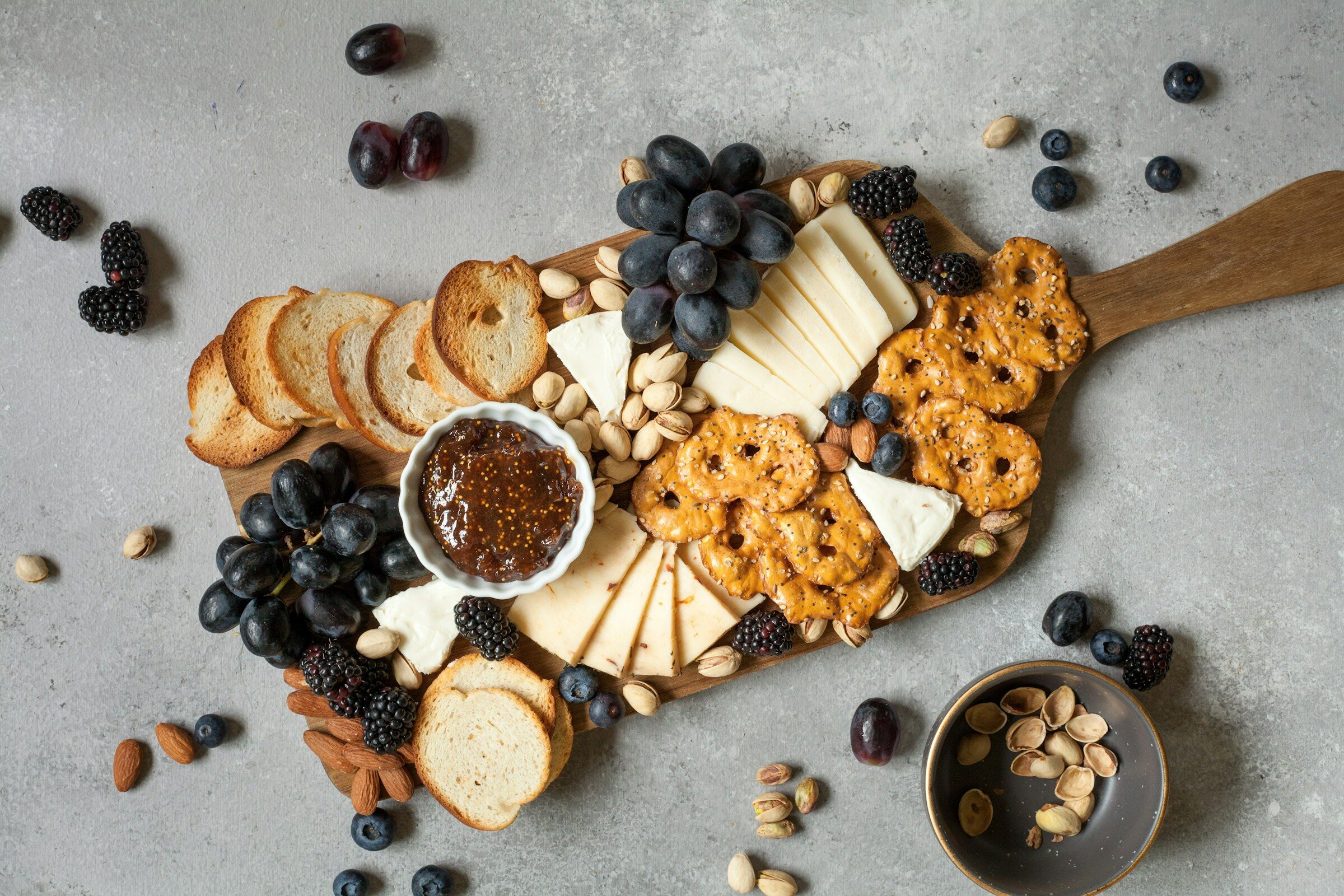Is the world ready for 3D-printed cookies? We may find out before long.
Researchers at Southern Illinois University have created a way to make 3D-printed food, including cookies, out of plastic waste. According to a press release, the so-called µBites, or “microbites,” are made by mixing waste biomass and plastic into slurry before a special yeast converts the slurry to proteins that are 3D-printed into various forms.
The discovery could be a solution to multiple global issues.
“µBites is a transformative technology for treating world hunger and plastic pollution, creating a sustainable world for future generations,” said SIU assistant professor Lahiru Jayakody.
The scientists, led by Jayakody, recently received a $25,000 grant from NASA’s Deep Space Food Challenge. Researchers said the process uses water efficiently and has a modular design, allowing users to change the product’s nutrient composition.
A key element of the process is the ability to depolymerize plastics without creating toxic chemicals or carbon streams using a biological process. To get yeast to consume the biomass and plastic, the team used a process called oxidative hydrothermal dissolution (OHD). OHD uses water, heat, pressure, and oxygen to turn the biomass and plastic into water-soluble carbon molecules that the yeast will eat. Here’s a brief video of the process:
Microbites 2023v.mov from Saluki World on Vimeo.
The scientists eventually 3D-printed cookies and conducted a taste test. The cookies received reasonably high marks, particularly regarding smell.
Before the microbites can gain widespread acceptance, of course, the public must accept the concept of eating waste-derived food. Nevertheless, the SIU team hopes to ramp up development with additional government funding or possibly via industrial partners. The researchers also hope to develop methods that will expand the product’s nutrient content to include essential vitamins. Researchers from other universities are currently helping with the project.
Despite the hurdles ahead, the scientists are convinced they’ve discovered something that can greatly aid society.
“µBites can provide food in extreme environments and resource-scarce regions,” Jayakody said. “For example, it could be installed on naval ships, especially submarines, or put in remote locations such as the Arctic and Antarctic, where it would provide a reliable food source.”
The Food Institute Podcast
Corn stocks, poultry flocks, and highly-pathogenic avian influenza – what does the U.S. agricultural system look like amid inflation and other headwinds? Wells Fargo Chief Agricultural Economist Dr. Michael Swanson discussed specialty crops, grain plantings, and what to expect in the growing year to come.












